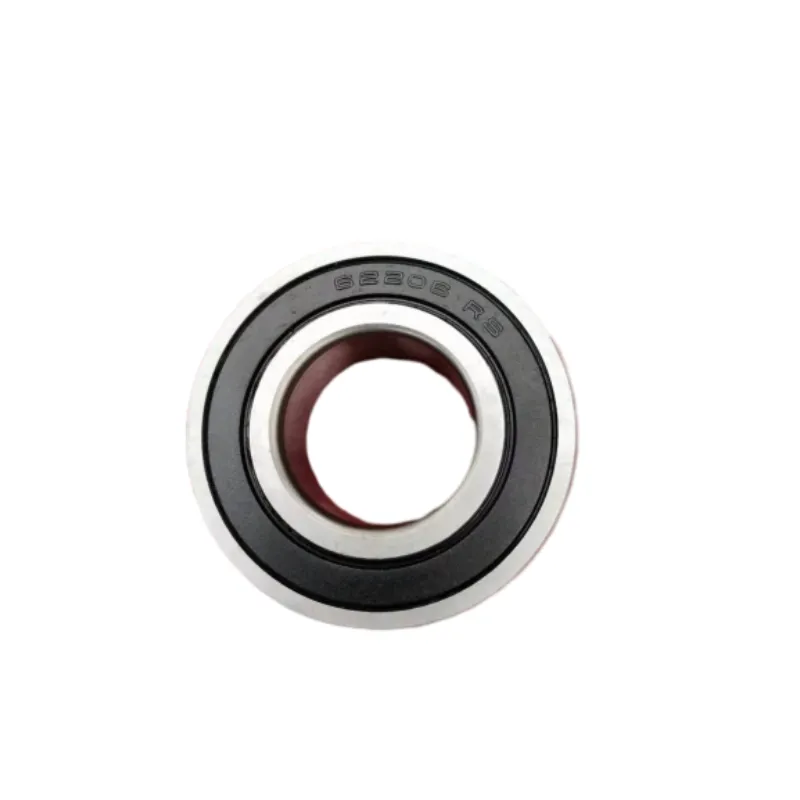
Nov . 08, 2024 05:10 Back to list
Exploring Innovations in Bearing Technology for Enhanced Machinery Performance
Bearings in Machinery The Unsung Heroes of Mechanical Engineering
In the world of machinery, bearings are often viewed as the unsung heroes. These small components play a crucial role in ensuring the smooth operation of a wide range of machines, from household appliances to industrial equipment. Understanding the importance of bearings, their types, and their applications can significantly enhance our appreciation of how machines function.
What are Bearings?
At their core, bearings are mechanical devices that allow for controlled movement and reduce friction between moving parts. They facilitate the rotation or movement of shafts, wheels, and other components, enabling machines to operate efficiently. The primary function of a bearing is to support the load of the moving parts while minimizing friction, thereby extending the lifespan of the machinery and improving performance.
Types of Bearings
There are several types of bearings, each designed to meet specific operational requirements. The most common types include
1. Ball Bearings These are perhaps the most well-known type of bearings. They use smooth, spherical balls to reduce friction between moving parts. Ball bearings are versatile and are used in various applications, from skateboard wheels to electric motors.
2. Roller Bearings Unlike ball bearings, which use balls to facilitate movement, roller bearings utilize cylindrical rollers. This design allows for a greater load-carrying capacity, making them ideal for heavy machinery, such as construction equipment.
3. Fluid Bearings These bearings use a thin film of liquid or gas to support the load. Fluid bearings are particularly advantageous in high-speed applications, as they drastically reduce friction and wear. They are often found in turbines and high-precision equipment.
4. Magnetic Bearings Utilizing magnetic fields to levitate the moving parts, magnetic bearings eliminate mechanical contact altogether. This feature minimizes wear and tear, making them ideal for applications requiring extreme precision and low maintenance.
bearing machinery

5. Thrust Bearings Designed to handle axial loads, thrust bearings are used in applications where the load acts parallel to the shaft. Common uses include automotive transmissions and in various industrial machinery.
Applications of Bearings in Machinery
Bearings have a wide range of applications across different industries. In the automotive sector, for instance, bearings are integral to the smooth operation of engines, transmissions, and wheels. They reduce friction in moving parts, which is critical for efficiency and performance.
In manufacturing, bearings are essential components in conveyor systems, milling machines, and robotics. They allow for precise movements, enabling the automation of processes and improving production efficiency.
The aerospace industry also relies heavily on bearings. Aircraft engines, landing gear, and flight control systems use specialized bearings designed to withstand extreme conditions and high loads, ensuring safety and reliability.
Additionally, the renewable energy sector utilizes bearings in wind turbines and hydroelectric generators. These applications demand high-performance bearings that can endure constant rotation and environmental challenges.
The Future of Bearings in Machinery
As technology advances, the design and materials used in bearings are also evolving. Innovations such as the use of advanced polymers and smart materials are leading to lighter, more durable bearings. These developments are vital in sectors where weight reduction can enhance performance, such as in automotive and aerospace applications.
Moreover, the rise of automation and artificial intelligence in manufacturing is prompting the development of bearings that can monitor their own condition. Self-lubricating and predictive maintenance technologies are becoming increasingly popular, allowing for timely interventions and minimizing downtime.
In conclusion, bearings are a fundamental component of machinery that often goes unnoticed, but their importance cannot be overstated. By reducing friction and supporting loads, they ensure the efficient operation of countless devices and systems. As industries move toward greater automation and higher efficiency, the role of bearings will only become more critical, highlighting the need for continued innovation in this essential field of mechanical engineering. Whether in everyday appliances or advanced machinery, the humble bearing remains a cornerstone of modern technology, quietly supporting progress and innovation.
Latest news
-
Grooved Ball Bearing Design and Functionality
NewsJun.04,2025
-
Concrete Mixer Bearing Load Capacity Testing
NewsJun.04,2025
-
6004 Bearing Dimensions in Robotic Joint Designs
NewsJun.04,2025
-
Advantages of Single-Row Deep Groove Ball Bearings
NewsJun.04,2025
-
Applications of Deep Groove Ball Bearings in Automotive Systems
NewsJun.04,2025
-
Innovations in Bearing Pressing Machine Design
NewsJun.04,2025
